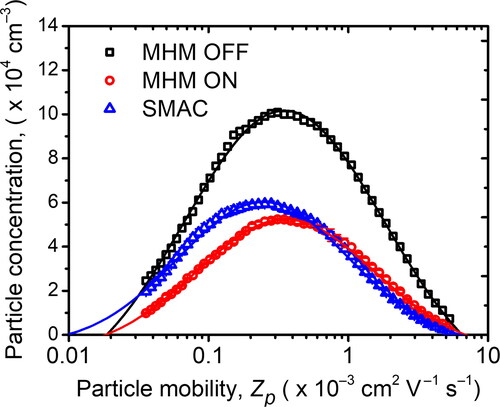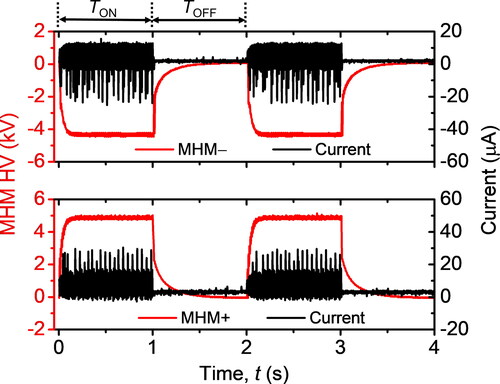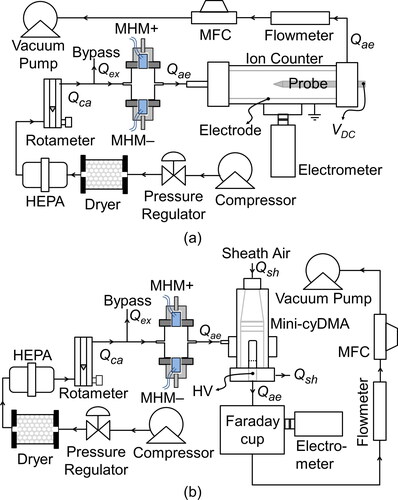Figures & data
Figure 1. (a, b) The structures of SMAC and the MHM charger. (c, d) The schematic diagrams of SMAC and the MHM charger.
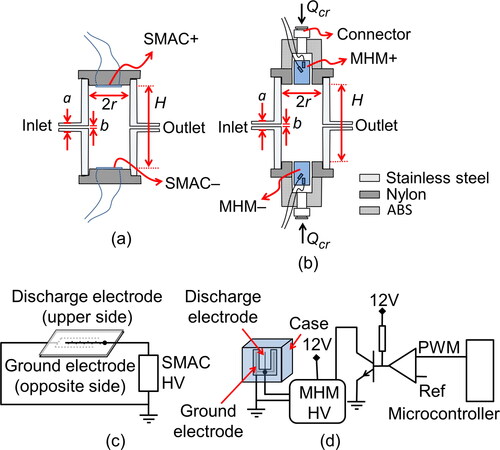
Figure 4. The experimental setups for evaluating (a) new particle formation by the chargers, (b) the charged particle penetration ratio of the chargers, (c) the neutral particle penetration of the MHM charger, (d) the charging probability, and (e) the electrical mobility distribution.
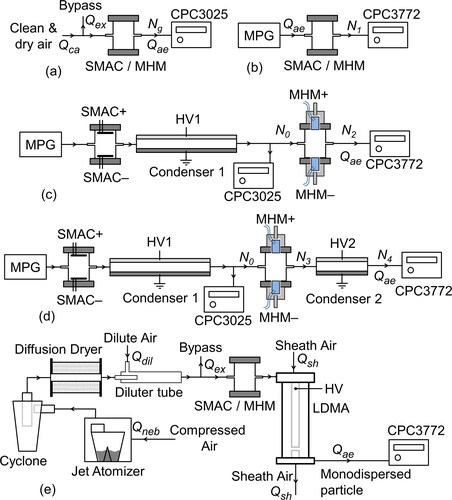
Table 1. Summary of the measured parameters, experimental condition, and calculation used for evaluating the MHM charger.
Figure 5. The ratio of ion concentration in various duty-cycle configurations. The model was calculated using EquationEquations (12)(12)
(12) and Equation(13)
(13)
(13) .
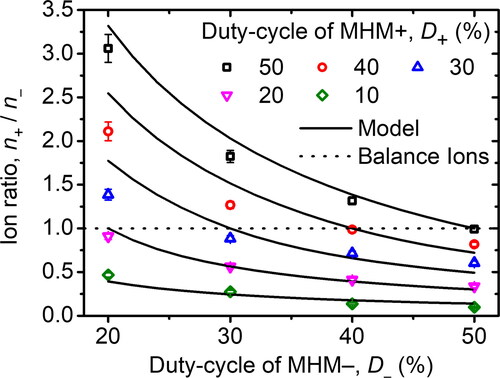
Figure 6. The effect of flow rate on the ion concentration produced by the MHM charger. The model was calculated using EquationEquations (12)(12)
(12) and Equation(13)
(13)
(13) .
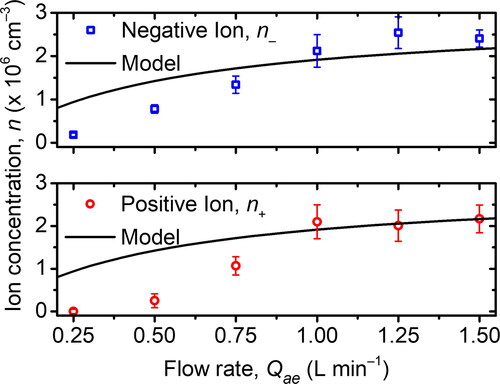
Table 2. The air ion mobility produced by SMAC and the MHM charger with P50N50 configuration.
Figure 7. The distribution of positive and negative air ions induced by SMAC and the MHM charger with peak analysis data obtained through the lognormal distribution function.
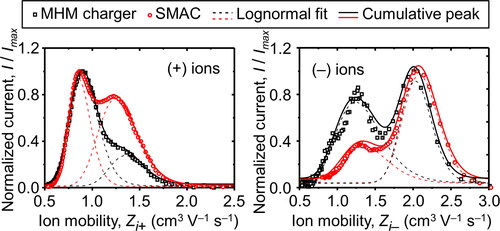
Figure 8. The charged particle penetration ratios of SMAC and the MHM charger (measured using the experimental setup in and calculated using EquationEquation (3)(1)
(1) ) compared with the previous study of SMAC by Kwon et al. (Citation2006).

Figure 9. The neutral particle penetration of the MHM charger calculated in EquationEquations (4)(2)
(2) and Equation(5)
(11)
(11) and measured using the experimental setup in .
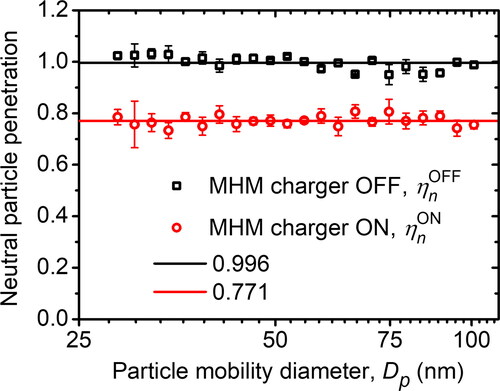
Figure 10. The total penetration of neutral and charged particles of the MHM-Condenser 2 calculated in EquationEquations (6)(12)
(12) and Equation(7)
(13)
(13) and measured using the experimental setup in . The third-order polynomial fit was applied to the total penetration of charged particles.
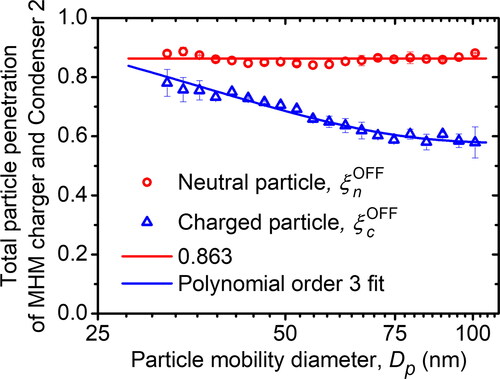
Figure 11. The corrected fraction of neutral particles obtained by the MHM charger compared with the uncorrected value and the calculation model proposed by Gunn (Citation1955), with an ion concentration ratio and ion mobility ratio of 0.992 and 0.653, respectively.
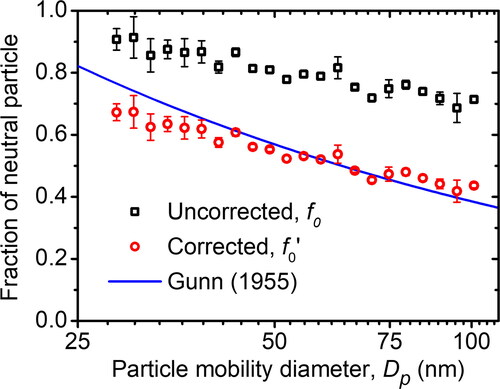
Figure 12. The intrinsic and extrinsic charging efficiencies of the MHM charger calculated in EquationEquations (9)(14)
(14) and Equation(10)
(14)
(14) and measured using the experimental setup in .
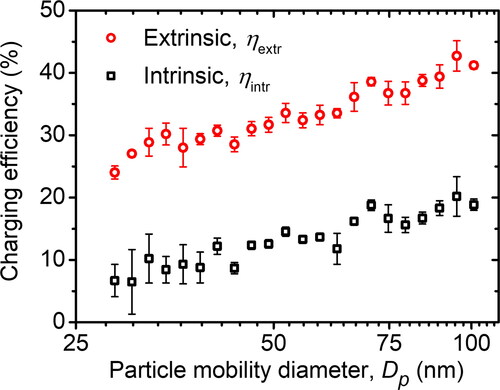
Figure 13. The particle mobility distributions of negatively charged particles obtained by SMAC and the MHM charger using the experimental setup in .
